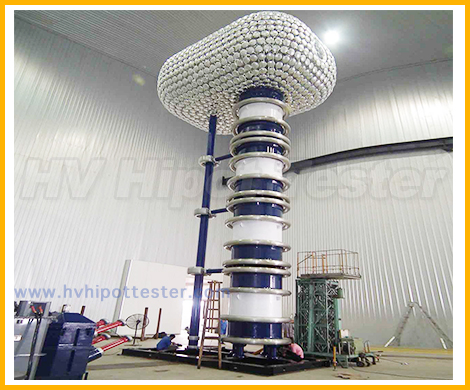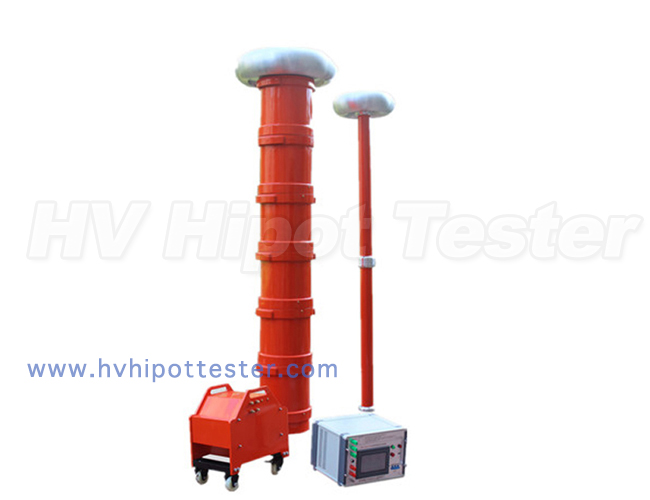

 pm01@hvhipottester.com
pm01@hvhipottester.com  pm02@hvhipottester.com
pm02@hvhipottester.com  8618986157274
8618986157274  +86 18986157274
+86 18986157274  live:1379417129
live:1379417129 1379417129
1379417129 Tech: Exploring the Necessity of the Hot Hipot Test

The Hipot test, sometimes called a Dielectric Withstand test, is used to verify the strength of the insulation between a product’s current-carrying components and its chassis or enclosure. This is done by applying a high voltage from the mains-input lines to the chassis of the product and measuring the resulting leakage current flowing through its insulation.
The theory:
If a voltage much higher than the product would normally see is applied across the insulation without a breakdown (which results in an excessive amount of leakage current flow), the product will be able to operate safely when run under nominal operating conditions. The Hipot tester is used to indicate whether or not a dielectric breakdown of the insulation has occurred by monitoring the leakage current resulting from the applied test voltage. Even under normal operating conditions, some leakage current will be present in any device under test, but at minute and safe levels; however, when the insulation breaks down or is damaged an excessive amount flows to the chassis. This can present a substantial shock hazard to anyone that comes into contact with the product.
The Hipot test is so crucial because it is the best way to uncover workmanship and assembly defects in an electrical product that can lead to insulation breakdown. Mistakes during assembly or faulty/damaged components exist to an extent in any manufacturing environment, and the Hipot test can uncover units that are unfit and dangerous to sell. Some of the defects which could result in insulation breakdown include: pinched insulation, pinholes, and poorly crimped wiring. In order to detect for breakdown in electrical products, this test is usually performed during the manufacturing process on 100% of all manufactured units, as well as during routine repair and maintenance.